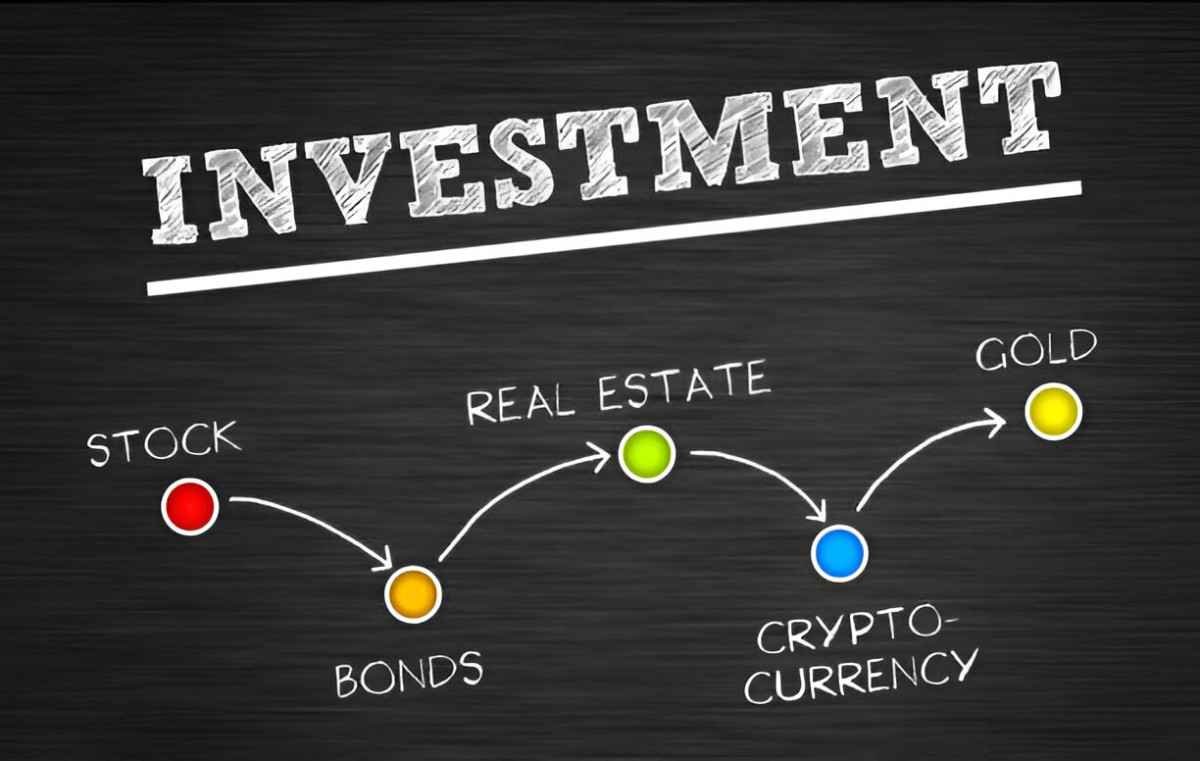Introduction
Event-driven investment is a specialized strategy that capitalizes on price inefficiencies caused by corporate events. These events include mergers, acquisitions, bankruptcies, restructurings, and spin-offs. By focusing on such events, I can exploit mispricings that arise due to temporary market dislocations. Unlike traditional investment approaches that rely on macroeconomic trends or fundamental analysis alone, event-driven investing seeks to generate returns from corporate actions.
Table of Contents
The Core Concepts of Event-Driven Investing
Market Inefficiencies and Information Flow
Event-driven strategies depend on the premise that financial markets are not always efficient. When a significant corporate event occurs, markets react differently depending on the nature of the event, investor sentiment, and available information. Some investors may overreact, while others may hesitate due to uncertainty. This creates price distortions that an event-driven investor can leverage.
Key Market Reactions to Corporate Events:
| Corporate Event | Expected Market Reaction |
|---|---|
| Merger Announcement | Stock price of target company rises, acquirer’s stock may fall |
| Bankruptcy Filing | Stock price declines significantly |
| Spin-Off | Parent company’s stock may fall temporarily due to uncertainty |
| Restructuring | Short-term volatility increases |
Arbitrage and Risk Premia
Event-driven investors look for arbitrage opportunities where they can take advantage of price discrepancies before the market corrects itself. However, there are risks involved, such as regulatory intervention or unexpected changes in corporate decisions. These risks contribute to what is known as the “event risk premium.”
Illustration: Merger Arbitrage Calculation Suppose Company A announces that it will acquire Company B for $50 per share. Before the announcement, Company B’s stock trades at $40. After the announcement, it jumps to $48 but does not reach the full acquisition price of $50. The $2 difference is due to uncertainty about deal closure.
If I buy Company B’s stock at $48 and the deal closes at $50, my return is:
\text{Return} = \frac{50 - 48}{48} \times 100 = 4.17\%However, if the deal fails, Company B’s stock could drop back to pre-announcement levels, causing a loss. This is the inherent risk in event-driven investing.
Types of Event-Driven Investment Strategies
Merger Arbitrage
In merger arbitrage, I take long positions in the target company’s stock and sometimes short the acquirer’s stock. The spread between the announcement price and the market price represents the potential profit.
Distressed Securities
This involves investing in companies undergoing financial distress. Bonds of distressed firms often trade at significant discounts due to default fears. If the company successfully restructures, bondholders may see substantial gains.
Example: Suppose a distressed company’s bond, with a face value of $1,000, trades at $600. If the company successfully restructures and bondholders receive 80% of the face value, the bond’s value rises to $800. The investor gains:
\text{Return} = \frac{800 - 600}{600} \times 100 = 33.33\%Spin-Offs and Special Situations
Spin-offs occur when a parent company separates a subsidiary into a new independent entity. Often, spin-off stocks are undervalued initially because institutional investors may sell them due to portfolio restrictions.
Example: If a parent company’s stock trades at $100 and a spin-off stock is issued at $20, some investors may sell the spin-off shares immediately, depressing the price. A well-informed investor can buy the spin-off at a lower price and benefit as its value adjusts.
Risk Management in Event-Driven Investing
Regulatory and Execution Risks
Government intervention, such as antitrust concerns, can derail mergers. Similarly, bankruptcy proceedings may not yield the expected recoveries for distressed investors.
Market Sentiment and Behavioral Biases
Investors often overreact to corporate news. Recognizing patterns in behavioral finance can help me make rational decisions instead of following the herd.
Table: Common Behavioral Biases Affecting Event-Driven Investing
| Bias | Description | Impact on Strategy |
|---|---|---|
| Overreaction Bias | Investors panic or become overly optimistic | Price swings create opportunities |
| Anchoring Bias | Investors fixate on initial prices | Delays price adjustments |
| Herd Mentality | Investors follow the majority | Mispricing due to excess buying/selling |
Conclusion
Event-driven investing is a disciplined approach that requires understanding corporate actions, regulatory landscapes, and market psychology. By identifying opportunities where markets misprice securities due to temporary dislocations, I can potentially generate superior risk-adjusted returns. However, risk management is essential to navigate uncertainties and capitalize effectively on event-driven strategies.





